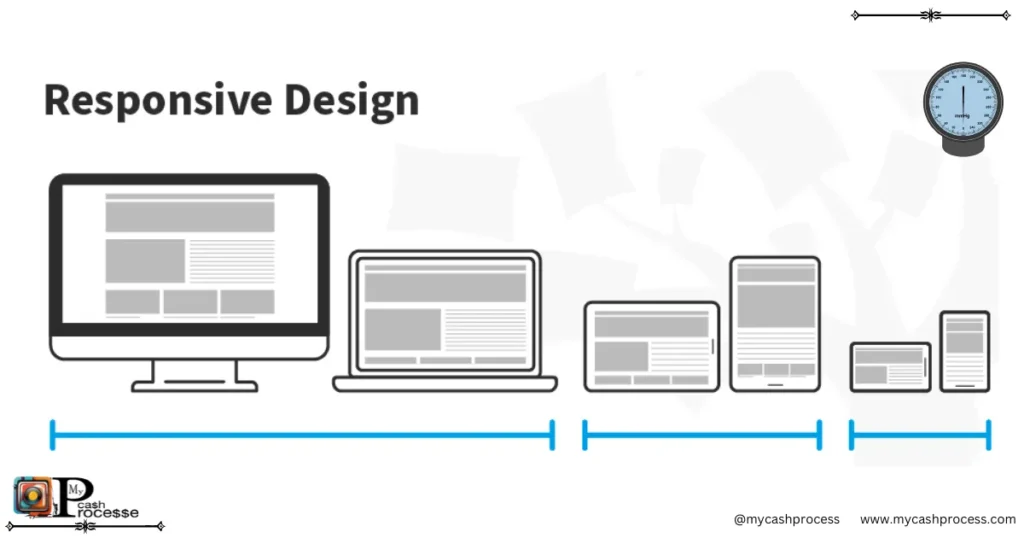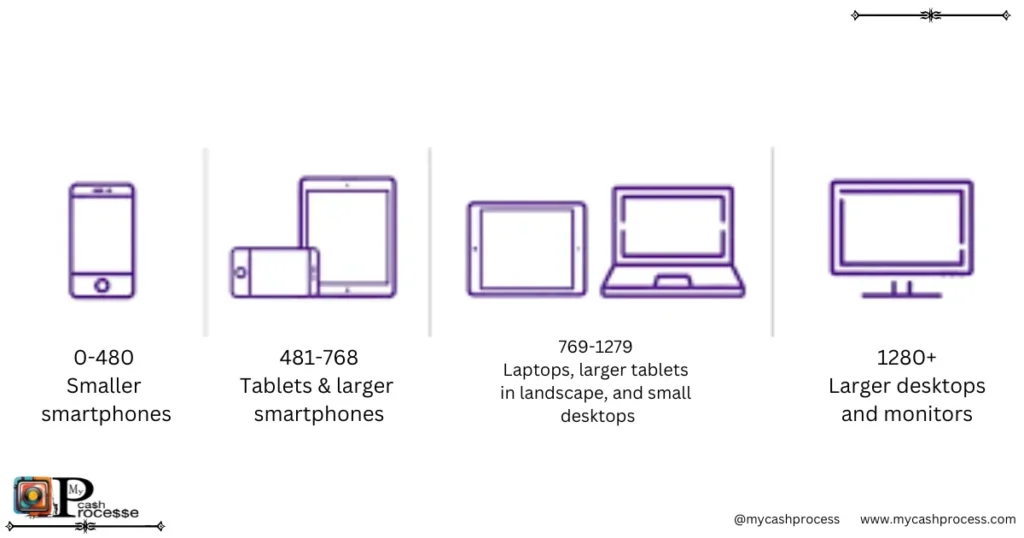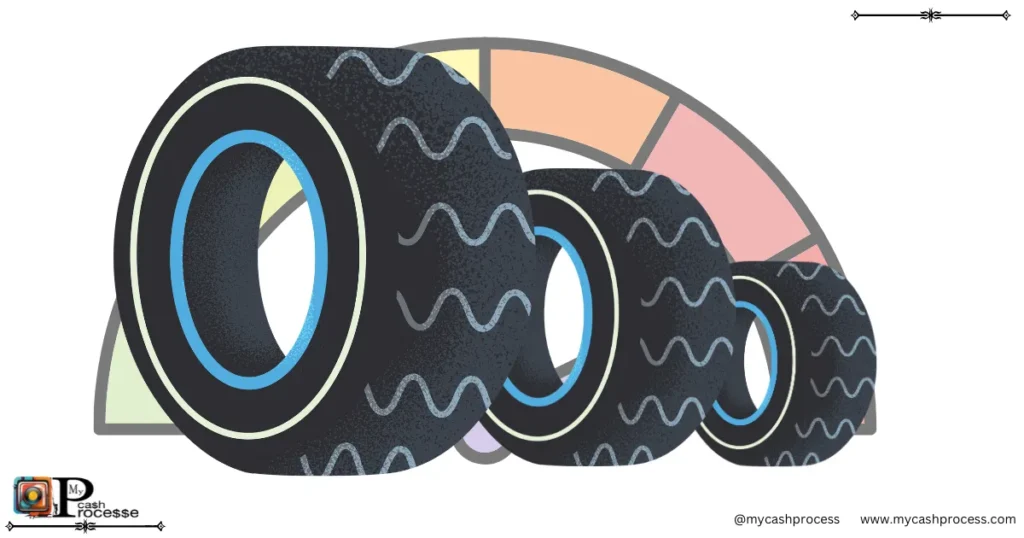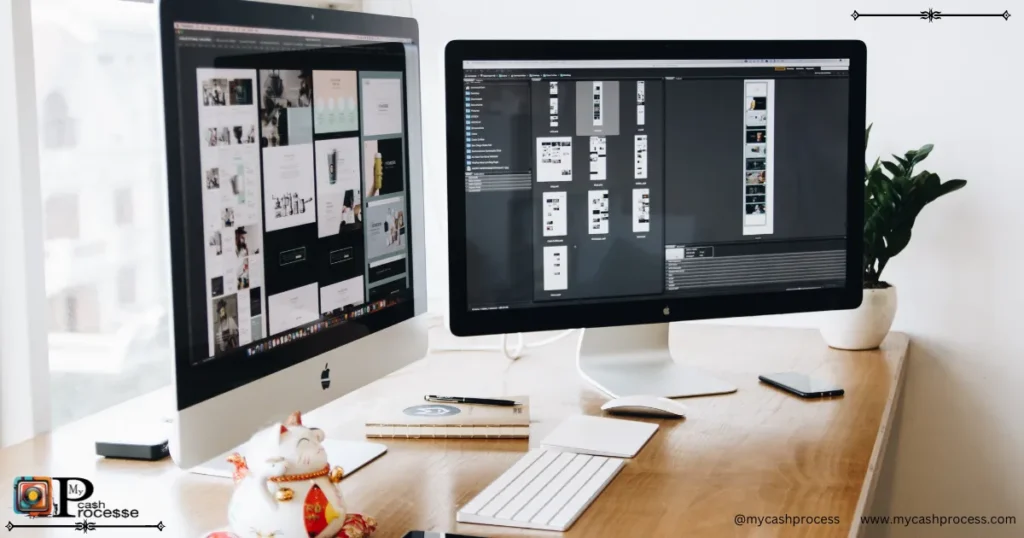Introduction
In the world of web design, there’s one thing that’s become abundantly clear: a one-size-fits-all approach no longer works. The digital landscape is brimming with a vast array of devices, screen sizes, and resolutions that users rely on to access websites. To meet these demands, web designers must master the art of website sizing to create seamless user experiences across different breakpoints. From desktop screens to mobile devices, the concept of sizing website design for different breakpoints is critical to the success of any responsive website.
In this ultimate website sizing guide, we’ll dive deep into the process of designing a website that looks great and functions flawlessly across all device types. Whether you’re building an e-commerce site, a personal blog, or a corporate landing page, mastering website sizing will ensure that your website is accessible, fast, and intuitive. This guide will walk you through everything from understanding breakpoints to the role of creative analogies like a website for understanding tire sizing and bra sizing websites, which can help inspire your design thinking.
The modern user experience demands responsive websites that cater to mobile users, tablet users, and desktop users alike. If you’re ready to take your design skills to the next level and ensure your website works on every device, let’s dive in!
Full Article Navigation
Understanding the Importance of Website Sizing for Different Breakpoints
When we talk about website sizing for different breakpoints, we are referring to the process of creating a layout that adjusts according to the screen size or device being used to view the website. Breakpoints are defined as the specific widths at which the layout of a website changes, ensuring that it remains usable and visually appealing across a variety of devices. This is crucial because users today access websites from smartphones, tablets, laptops, and desktops, all of which have varying screen sizes.
Without effective website sizing, your website may look great on a large desktop but could be unreadable or frustrating to use on a mobile device. Similarly, mobile-first designs that aren’t adjusted correctly for larger screens can create a negative experience for users visiting from a laptop or tablet.
The ultimate goal of sizing website design for different breakpoints is to deliver a consistent and intuitive experience regardless of how your visitors choose to browse. A site that doesn’t adjust well across breakpoints can lead to high bounce rates, low user engagement, and decreased conversion rates.
Here are some reasons why website sizing is so important for responsive design:
- Enhanced User Experience: As more users access websites from their mobile devices, having a responsive design that adjusts to various screen sizes becomes essential to improving user experience. Text should be readable, images should scale correctly, and buttons should be easy to tap.
- Improved Accessibility: A website that adjusts well across multiple devices makes content more accessible to a broader audience, including people with disabilities who may be using assistive technologies to navigate the web.
- Faster Load Times: Responsive design often results in faster load times, as images and other media can be optimized based on the device being used.
- SEO Benefits: Google and other search engines prioritize mobile-friendly websites. Ensuring your site is responsive can improve your rankings in search engine results, driving more organic traffic to your site.
As the use of mobile devices continues to rise, understanding and implementing proper website sizing techniques is key to staying competitive in today’s digital world.
Key Principles Behind Sizing Website Design for Different Breakpoints
Designing a website for various breakpoints involves much more than just adjusting the layout at certain screen widths. There are several key principles that every web designer should adhere to in order to effectively size website design for different breakpoints. These principles ensure that your website adapts fluidly to any device while providing a high-quality user experience.
- Fluid Layouts and Grids
One of the core concepts of responsive design is the fluid layout, which is a flexible approach to structuring a website’s content. Instead of using fixed-width elements, you employ percentage-based widths for containers, columns, and other elements, allowing them to expand or contract as the browser window changes size. This flexibility ensures that your website maintains a consistent design across different screen sizes, rather than relying on rigid measurements.
- Use of Relative Units
For elements like font sizes, margins, and paddings, it’s important to use relative units instead of absolute ones. While pixels (px) can be useful in some cases, em, rem, %, and vw (viewport width) units allow your content to scale proportionally based on the device’s resolution and viewport size. This approach prevents your website from appearing too large or too small on different devices, especially in cases where the font size or image proportions need to adjust dynamically.
- Media Queries
Media queries are one of the most important tools in responsive design. These CSS rules allow you to apply different styles to your website depending on the characteristics of the device being used, such as its screen width, resolution, or orientation (landscape or portrait). By defining multiple breakpoints in your CSS, you can create specific rules for mobile, tablet, and desktop screens, ensuring that your design remains consistent across all devices.
For example:
cssCopy code@media (max-width: 768px) {
/* Styles for tablets and smaller devices */
body {
font-size: 16px;
}
}
@media (max-width: 480px) {
/* Styles for mobile devices */
body {
font-size: 14px;
}
}
This flexibility allows for dynamic content resizing and ensures that the layout adapts perfectly based on the user’s screen size.
- Responsive Images and Media
Images can often be the most problematic aspect of responsive design. Large images can slow down page load times, while small images may not display well on larger screens. Using responsive image techniques like the srcset attribute allows you to define multiple image sizes based on the device’s resolution and screen size. This ensures that users on mobile devices receive smaller images that load faster, while desktop users are served larger, higher-quality images.
- Mobile-First Design
With mobile traffic accounting for a significant portion of global internet usage, a mobile-first design approach is a widely recommended best practice. This strategy involves designing the mobile version of the site first, and then scaling up to larger devices like tablets and desktops. It ensures that your website is optimized for the majority of users while also making the most important content accessible at a glance.
- Testing Across Breakpoints
No matter how well you plan your responsive design, testing is essential. There are numerous tools, such as Chrome DevTools or BrowserStack, that allow you to test your website across different devices and screen sizes. Testing ensures that your website’s layout works across multiple breakpoints and offers insight into potential issues before the website goes live.
By following these core principles, designers can ensure that their website is optimized for different breakpoints, offering a seamless user experience for visitors, regardless of the device they are using.
How to Use a Website Sizing Guide to Optimize User Experience
A website sizing guide is an essential tool for ensuring that your web design is responsive across all devices. This guide provides a clear structure for adjusting the layout and design elements at different breakpoints to optimize user experience. By following a sizing guide, web designers can avoid common mistakes like overlapping content, text that’s too small to read, and images that don’t scale properly.
Here’s how you can use a website sizing guide effectively:
- Establish Clear Breakpoints
The first step in using a website sizing guide is to define the breakpoints at which your design will adjust. Common breakpoints include:
- 320px (small mobile)
- 768px (tablet)
- 1024px (small desktop)
- 1200px (large desktop)
These are just general guidelines, and the exact breakpoints will vary depending on your design and the devices most commonly used by your target audience.
- Prioritize Content for Mobile Devices
When you’re working with a website sizing guide, it’s important to follow a mobile-first approach. Prioritize content for mobile users, as they will be the majority of your site’s visitors. Simplify navigation, make call-to-action buttons prominent, and focus on delivering the most important content first. This ensures that users on smaller screens have a smooth and easy experience.
- Use a Consistent Grid System
A responsive grid system is key to ensuring that your content scales well across all devices. A website sizing guide typically provides recommendations for creating a grid system that adjusts based on screen size. Use flexible columns that reflow as needed, ensuring that content maintains its structure without becoming too cramped or too spread out.
- Optimize Typography
Typography is another critical element in responsive web design. A website sizing guide will offer recommendations on the optimal font sizes for various breakpoints. For mobile users, larger fonts with plenty of white space help readability. As screen sizes grow, font sizes can be adjusted to provide the right visual hierarchy.
- Test, Test, Test
One of the most critical parts of using a website sizing guide is to test your design across multiple devices and browsers. The guide will provide a starting point, but it’s essential to manually check how your site looks and functions at each breakpoint to ensure everything aligns as expected.
By following a website sizing guide, you can ensure that your website provides an optimal user experience across devices, leading to higher user satisfaction, improved engagement, and better conversion rates.

A Website for Understanding Tire Sizing: Analogies for Responsive Design
When you think about website sizing, you might think of a website for understanding tire sizing. The analogy makes sense: just as tire sizes need to be chosen carefully to fit a specific vehicle, website sizing needs to be tailored to fit different devices and screen sizes. Tires come in various sizes, with specific measurements that ensure the right fit and performance for different types of vehicles. Similarly, web designers must select the appropriate layout and design elements that will fit the screen size and resolution of the device being used.
The analogy can extend further—just as choosing the wrong tire size can lead to issues with handling, fuel efficiency, and safety, choosing the wrong website size for a given breakpoint can lead to issues with usability, performance, and user engagement. Like tires, websites must be fitted to their intended use and environment to ensure they perform optimally.
The Role of a Bra Sizing Website in Creating Scalable and Accessible Designs
A bra sizing website offers another useful analogy for website sizing. Just like how a bra sizing website helps customers find the right fit based on their measurements, a well-designed website needs to adapt to fit the unique requirements of each device and user. The beauty of responsive design lies in its scalability—the same way a properly sized bra fits and supports a person differently based on their body shape, a responsive website fits users on different devices based on their screen size, resolution, and interaction needs.
A bra sizing website ensures that every user has a tailored experience, and similarly, a well-executed website sizing guide ensures that your site delivers a seamless experience to all users, no matter what device they are using.
Implementing Website Sizing Best Practices Across Devices and Platforms
Now that you understand the theory and key principles behind sizing website design for different breakpoints, it’s time to look at the practical steps you can take to implement website sizing best practices across various platforms and devices. Whether you’re designing for a desktop, mobile, or tablet, the core principles of responsive design should remain consistent.
Implementing these best practices involves selecting the right breakpoints, utilizing flexible layouts and grids, optimizing images for speed and quality, and continuously testing your designs across devices. The key is to approach website design with flexibility, ensuring that your site adapts to each user’s device without compromising on performance or aesthetics.
Follow us on Pinterest, Twitter X, Facebook, Instagram, Quora, TikTok, Discord, YouTube, and WhatsApp Channel.
Conclusion
Mastering website sizing for different breakpoints is an essential skill for every modern web designer. By implementing the right principles and using the tools and guides available, you can create responsive websites that provide exceptional user experiences across all devices. Whether you draw inspiration from a website for understanding tire sizing, or a bra sizing website, the goal is the same: delivering a seamless, accessible, and optimized design that works for every user. Start applying these best practices today, and watch your website transform into a truly responsive, user-friendly experience!




